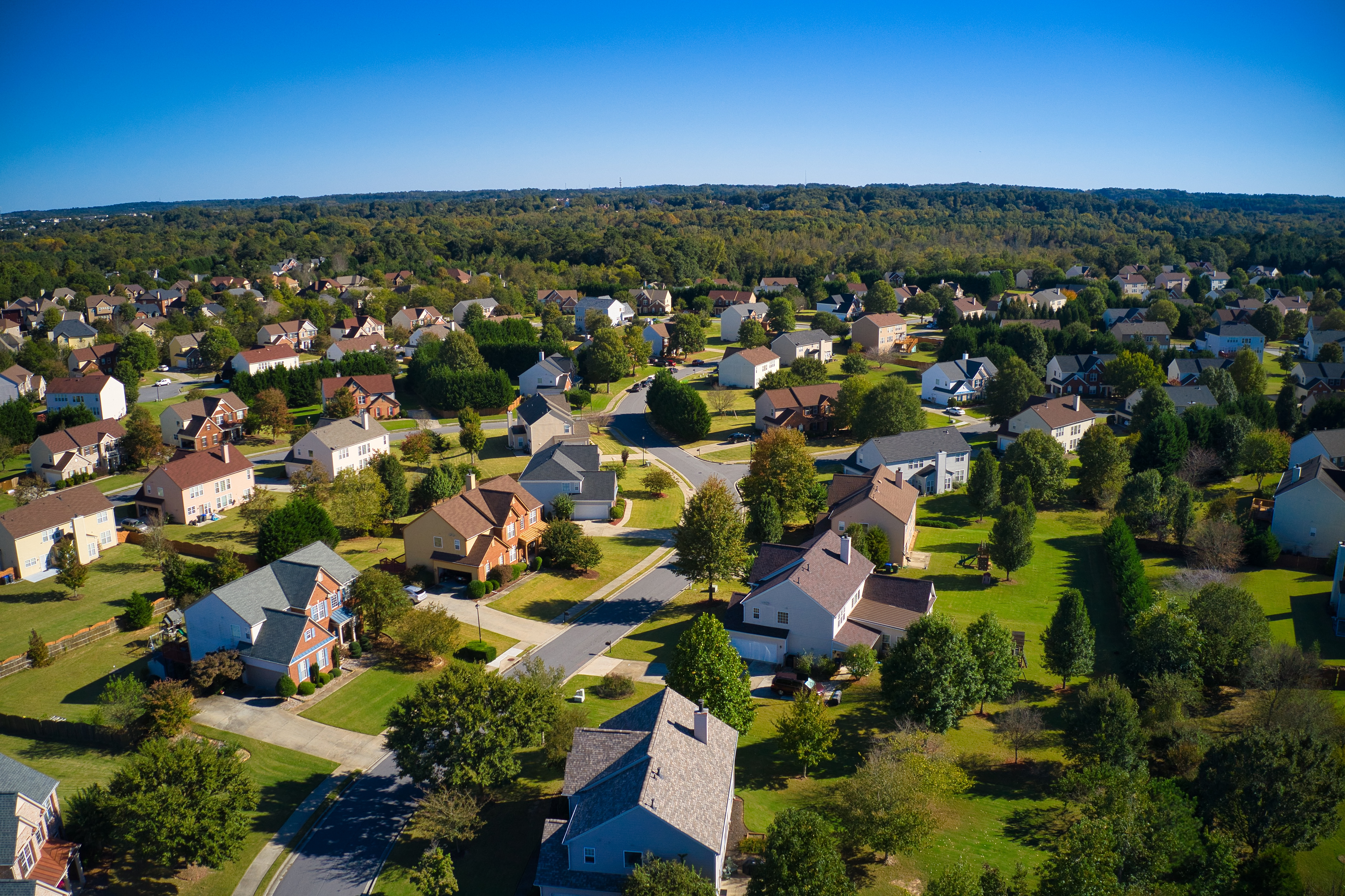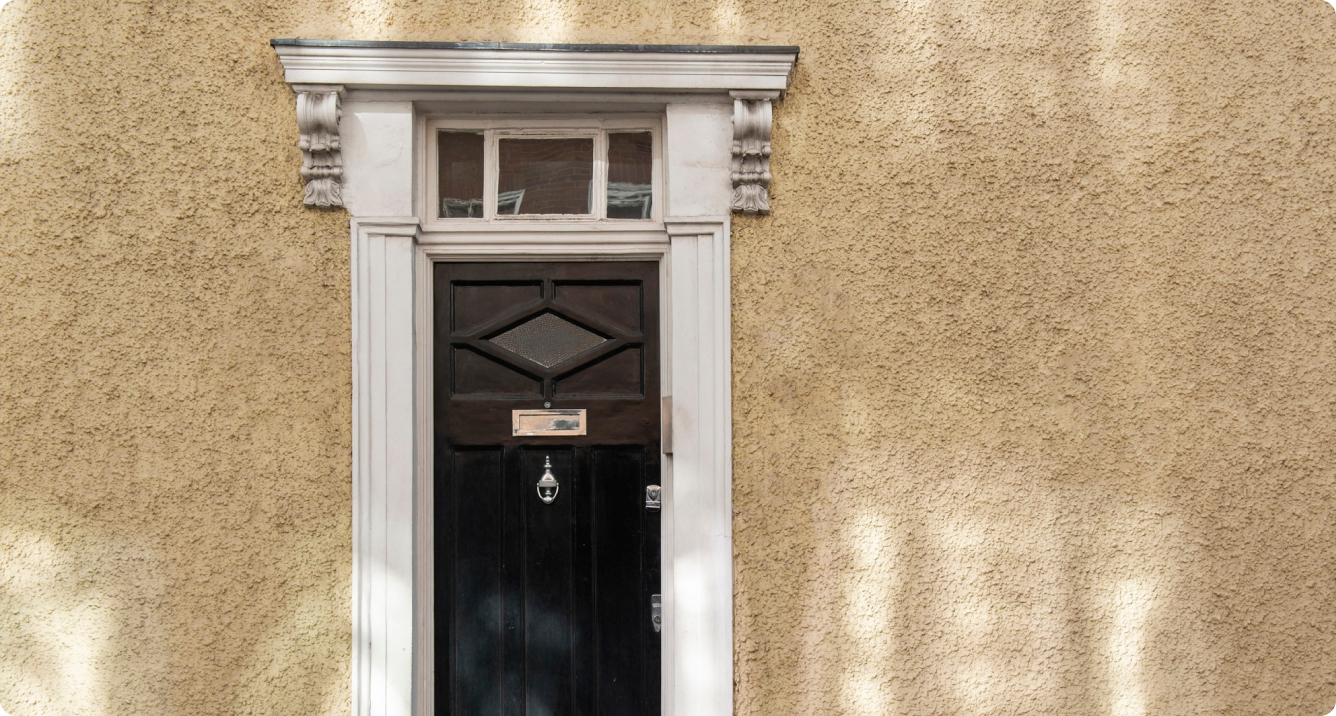Many people will need to seek affordable housing at some point in their lives. Whether it’s a student hustling part time to get an education, someone whose financial situation changed suddenly, or a person with longer-term financial concerns, affordable housing provides a safety net against housing insecurity.
According to a 2020 affordable housing gap analysis by the The National Low Income Housing Coalition (NLIHC):
- As of 2020, 8% of all U.S. households and 25% of all renter households are extremely low income, accounting for 10.9 million rental households.
- 7.7 million of the nation’s 10.9 million extremely low-income renter households spend more than half of their incomes on rent and utilities.
- The U.S. faces an affordable housing shortage; there are only 36 affordable and available homes for every 100 extremely low-income renter households.
When people fall into financial hardship, it can be difficult to nail down a long-term lease. Low-income individuals may be hindered by bad credit scores, prior evictions, or failing to meet the threshold for approval. Costs of opening utilities in their own name may be prohibitive when stacked against their overall financial burden.
With the ever-growing cost of urban living in cities like Atlanta, housing options can quickly shrink to couch surfing, low-cost motels, or worse, sleeping in a car or homelessness. Even for those on Social Security or disability seeking subsidized housing options, wait lists can leave them in a jam.
For those in dire straits, better affordable housing options can be a game changer, allowing them to build stability and save money.
Whether you’re in need of a place to live or want to host a space for low-income renters, here’s everything you need to know about affordable housing in Atlanta.
What is Affordable Housing?
Affordable housing simply refers to housing a family can afford to pay for, while also being able to cover other critical costs like food, clothing, medicine, and transportation. This usually means these costs total 30% or less of a family’s gross income.
What constitutes “affordable”? Usually, affordability is based on “AMI”—or, the Area Median Income. AMI is the median income between the poorest and wealthiest households in a region.
- The AMI for the Atlanta Metro area in 2021 was $86,200.
High housing costs make it prohibitive for those who earn below a certain income to afford rent and other costs of living. This not only puts people in danger of housing insecurity or homelessness, it pushes low-income families out of high-cost areas and can impact those communities in detrimental ways.
For instance, teachers can’t afford to live in most major cities in the U.S. where they teach. In San Francisco, the median apartment rental cost would amount to 104% of the average pay for a new teacher. This pushes teachers out of the profession—or out of the area.
Gentrification also significantly impacts historically disinvested urban areas through development projects that drive up living costs and push low-income families out of those areas. Communities of Color in particular have been significantly impacted by the effects of gentrification and related practices such as redlining.
Affordable housing programs and policies in the U.S., such as those run by the Department of Housing and Urban Development (HUD), seek to address the housing needs of low-income families. Affordable housing projects can also stem from state, local, or other sources such as nonprofits and private companies.

Atlanta’s Affordable Housing Crisis
Over the past decade, housing costs in the metro Atlanta area have skyrocketed.
A recent U.S. census bureau survey indicates that rent prices in counties including Gwinnett, Clayton, and DeKalb exceeded the 30% standard for affordability.
The City of Atlanta acknowledges that “between 2000 and 2017, Atlanta’s median rent increased by over 70%, but Atlanta’s median income only increased by 48%.... In 2016, more than half of Atlantans were considered housing-cost burdened.”
In response to this, the city enacted the Housing Affordability Action Plan. The goal of this plan is to holistically address the shortage of available affordable housing in the city. For instance, the city seeks to create 20,000 affordable homes by 2026, invest $1 billion in public, private, and philanthropic affordable housing sources, and address other issues such as zoning regulations, community engagement, and equitable growth.
These goals are laudable. Yet, change takes time. Costs of construction and regulatory bottlenecks work against the immediate housing needs of families. In the present tense, available affordable housing still falls short of residents’ expectations.
There are many reasons for this. High-wage workers and wealthy investors have been buying up properties in Atlanta in recent decades, and with more demand and higher taxes in the urban housing market, there’s a shortage of affordable housing to keep up with the city’s growth.
Atlanta certainly isn’t alone in facing the affordable housing crisis. Cities across the country face similar challenges. Broadly speaking, there are two main housing challenges low-income families face.
Atlanta’s Lack of Affordable Housing Supply
Simply put, there aren’t enough affordable places to live for low-income families. In cities across the United States, demand for affordable housing far exceeds the supply.
Extremely low-income renters in the U.S. face a shortage of 7 million affordable and available rental homes, according to 2018 census data cited by the NLIHC.
The same study showed that 20 million households, almost half the entire rental population, were “housing cost-burdened.” 10.8 million of those households spent half or more of their income on housing costs.
While over 3.3 million affordable homes have been built with funding from Low Income Housing Tax Credits (LIHTC), the current rate of construction simply can’t keep pace with the demand. In fact, meeting demand at the current rate of construction would take decades.
In the meantime, cost-burdened renters need rapid solutions and better access.
What are the Barriers to Affordable Housing in Atlanta?
A typical rental agreement has a high barrier to access for low-income renters. Proving an income of three times the monthly rent isn’t feasible for many. Additionally, up-front deposits, minimum credit scores, and long-term leases can put many housing options out of reach for these families.
Setting up utilities may also require hefty deposits from those with low credit scores. Many rental agreements don’t cover utility costs. If renters can’t secure a lease due to these high barriers, they may be forced into couch surfing with friends or family members or living in extended-stay motels.
In cities that don’t have these options, renters may be forced into living under the thumb of slumlords in illegal rooming houses, or becoming homeless.
There’s no question that there’s an affordable housing crisis. From Atlanta to San Francisco to New York City, it’s clear that families across the United States need better access to housing they can afford. They also need an opportunity to pursue goals and better their situations.

Traditional Affordable Housing Options in Atlanta
Atlanta offers a number of affordable housing options, depending on a resident’s specific situation. While Section 8 may make sense for some families, seniors and disabled individuals may find public housing a better fit, whereas living with roommates may be the best option for others.
Finding the right affordable housing option for you and your family takes time and effort. But with the right information at your disposal you can have a better idea of the best way forward. Here are a few prominent examples of affordable housing options in Atlanta.
Section 8 Housing in Atlanta
Like other cities, Atlanta offers “very low-income” residents access to Section 8 housing. Section 8 refers to a rental subsidy program funded by the Atlanta Housing Authority. Very low income is defined as a household earning below 30% of the median income in the Atlanta area, as defined by HUD. HUD offers subsidy payments for rental units being rehabilitated under the Section 8 Moderate Rehabilitation Program.
The current adjusted annual income limit for a single person to qualify for Section 8 in Atlanta is $17,400.
Yet qualifying for Section 8 takes time, as wait lists can be long and new applications aren’t accepted until spots clear up. There are only enough Section 8 vouchers to serve less than 10% of Atlanta’s low-income population.
The Problem with Traditional Rents in Atlanta
These are usually the least attainable options when it comes to affordable housing options. This is because traditional rentals have high barriers for entry and typically require a long-term commitment. A PadSplit survey revealed that Atlanta households making $35,000 or less, without subsidies, could only qualify for 260 units throughout the city. Move-in costs to these units averaged $2,100.
What Affordable Housing Nonprofits Operate in Atlanta?
Many nonprofits focusing on affordable housing operate within the city of Atlanta. For instance, Atlanta Neighborhood Development Partnership Inc. is launching a to build at least 2,000 units of affordable housing at a cost of $438 million. Nonprofits may be approved by HUD to purchase discounted HUD properties, apply for FHA-insured financing as owner occupants, and provide secondary financing assistance to homebuyers utilizing FHA insurance.
Public Housing Options in Atlanta
Public housing may take the form of single-family homes, apartments, and many other types of rental units. Public housing is meant to provide affordable housing for low-income families, the elderly, and those with disabilities. There are currently 12 properties owned by the Atlanta Housing Authority (AHA), including 10 senior high-rises and two family low-rise complexes. As of 2017, the AHA was serving 23,180 households via public housing and other affordable housing initiatives.
Are there Housing Options for Veterans in Atlanta?
Via a combined effort of HUD and the VA, the “U.S. Department of Housing and Urban Development-VA Supportive Housing (HUD-VASH)” program provides HUD housing vouchers and VA supportive services, such as health care and mental health treatment, to the families of Veterans who are homeless. The VA offers additional programs for low-income Veterans or those who are homeless, such as Supportive Services for Veteran Families (SSVF) for promoting housing stability and rapid rehoming.
Find a furnished room for rent - all utilities included

How PadSplit Solves Affordable Housing in Atlanta
While many public, private, and nonprofit groups have been working toward solutions to the affordable housing crisis in Atlanta and elsewhere, we need to address the present crisis individuals are facing in their day-to-day lives. Low-income families should never be forced into housing insecurity or homelessness.
Coliving can offer an affordable housing alternative. Coliving refers to living arrangements where adult roommates share a residence, and can include perks such as secure, furnished rooms, included utilities, and other amenities.
PadSplit is a coliving Membership program focused on financial rehabilitation and stability. Our residences provide Members an opportunity to live affordably in a rental situation with a lower barrier to entry and an opportunity for more stability and flexibility.
Here are a few of the benefits PadSplit offers its Members:
·Affordability
On average, those seeking to rent an apartment in Atlanta will pay $2,726 in move-in costs and $1,527 in monthly housing costs. These units will require an annual income of around $55,000 per year.
PadSplit eliminates high financial barriers to renting for its Members, and can place you in a room for as little as $129 in move-in costs and $629 per month on average. In addition, services like utilities, internet, telehealth services, and free credit reporting are included in this monthly cost. You can make as little as $15,000 per year and still qualify for PadSplit, even if you have a low credit score.
·Flexibility
When you’re a PadSplit Member, you don’t have to sign a long-term traditional lease agreement binding you to a certain property for a year or more. You agree to live in one of PadSplit’s private rooms for at least one month. After that, you pay rent weekly and can leave your living arrangement as soon as it suits your needs.
·Community and Security
When you’re living with others, community and security go hand in hand. Coliving gives you the opportunity to be a member of a group of individuals with diverse backgrounds, beliefs, and perspectives. While you can benefit from this sense of community as a PadSplit Member, we also work to provide a safe and secure living environment for our Members.
All Members pass a thorough background check and employment verification process. Each Member is provided a private room with access to common areas. Disputes and other violations can ultimately lead to Members losing their key access to PadSplit properties. If you aren’t happy with your PadSplit arrangement, you can transfer to another location for free within the first two weeks.

PadSplit room rentals: Save money & Achieve Financial Freedom
When individuals can afford their living expenses, they’re free to take action toward their financial goals and invest in their futures. In other words, it allows them to stop looking for where they might land next and start looking forward.
Saving on rent provides more financial freedom to pursue goals such as:
·Create a buffer against surprise expenses – When you’re living paycheck to paycheck and constantly struggling to pay for daily necessities, a flat tire, a trip to the emergency room, or a sudden job loss can be financially devastating. Having some money in the bank can help buffer against these expenses that seem to come out of nowhere.
·Pay off debt and improve your credit score – Debt causes stress, can destroy your credit, and compounds when rent and other expenses prevent you from being able to cover monthly payments. Bad credit will lead to higher interest rates on future borrowing, as well as higher barriers to new rental agreements, buying a car, or opening a utilities account in your name. By spending less on rent and dedicating a percentage of income to paying off debt, repairing your credit becomes more manageable.
·Finance future goals – Do you want to go back to school? Save to buy your own home? Buy a car to drive to and from work? With affordable rent and other living expenses, financing these goals goes from a pipe dream to a real possibility.
PadSplit Members save an average cost savings of $420 per month. Use our Rent Savings Calculator to see how much you can save today.
---
The PadSplit team brings decades of experience, with a shared passion for helping our community and a collective vision of empowering all of our Members to reach financial independence. PadSplit Members only pay one bill each week for a private furnished room, all utilities, free credit reporting, and access to free tele-health services. Members save an average of $420 per month. Contact us at (770) 373-7863 or support@padsplit.com to learn more.